Transcend Staff Reflect on Black History Month
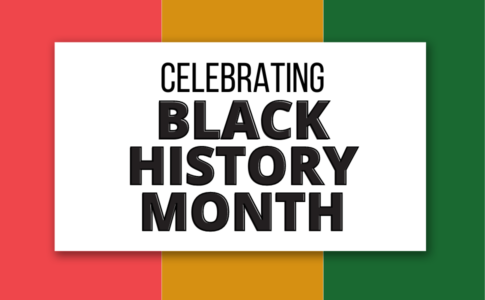
Black History Month emerged from historian Carter G. Wilson’s 1926 initiative, aiming to highlight the oft-overlooked subject of Black history. The focus week is now a month-long celebration, initiated by President Ford in 1976, making the centrality of Black history within the American narrative more explicit.
This month, classrooms across the country will teach and celebrate the contributions of Black Americans to all aspects of our society. Like others, however, we believe that understanding and honoring these contributions is something we can and should be doing throughout the year.
Baked into Transcend’s DNA is the acknowledgement that learners from marginalized groups have historically been pushed to conform to the dominant culture. For Black students, this can impact everything from seeing (or not seeing) themselves represented in classroom subject matter and leadership to experiencing different expectations and opportunities.
We can only create excellent and equitable learning environments—ones that prepare all young people to thrive in and transform the world—when we celebrate, nurture, and leverage the identities, experiences, and histories of all learners, every day.
As part of our ongoing learning, we’ve asked Transcend staff to reflect on both their own education experiences and how we must move forward to ensure all learners—especially young people of color—can realize their infinite potential. What emerged were three key themes:
Empowerment through Culture and History
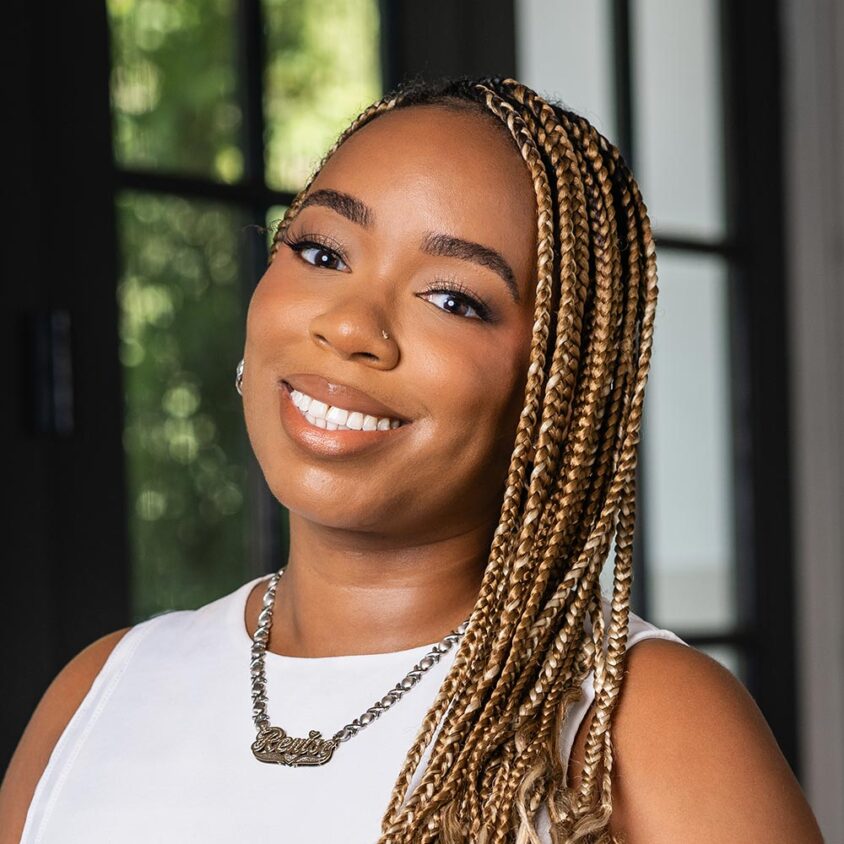
“One of my hopes for educating students, and particularly Black students, is that we have an opportunity to really learn about our culture, really learn about the history of this country, really be able to make informed decisions about who we are and who we can be, and how we should move forward as a country.”
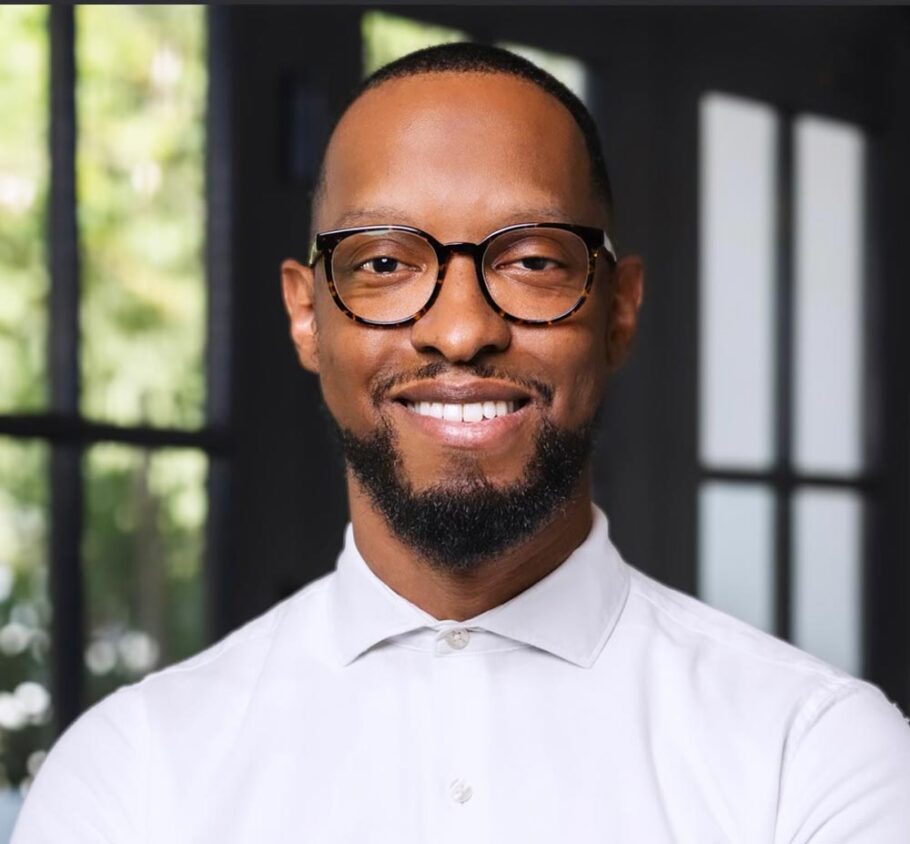
I am an invisible man…I am a man of substance, of flesh and bone, fiber and liquids—and I might even be said to possess a mind. I am invisible, understand, simply because people refuse to see me.
“As a college sophomore, I absorbed these words [by Ralph Ellison] as a sober lesson that I was coming of age in a world that didn’t have me in mind when developing its systems and institutions… However, it also humbled me to realize the privilege I did have as a result of the people I was surrounded by who paved the way for me to have better. I stand on the shoulders of the ancestors who bled and died for the opportunities I have. I stand on the shoulders of the ancestors whose liberatory imagination has catalyzed my own imagination of what the future can and shall be.”
Equity and Access
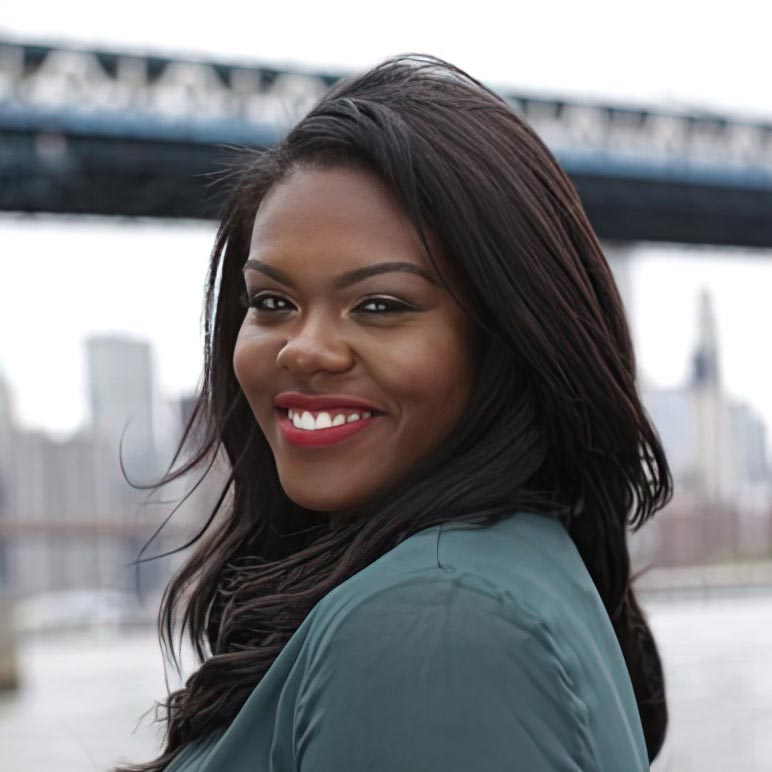
“In our pursuit of a truly equitable educational landscape, it is imperative to focus on creating a more inclusive learning environment—one that not only recognizes but also celebrates the rich and diverse experiences of Black students and educators.
“Addressing the disparities in access to quality education requires a commitment to providing resources that support learning. This includes ensuring that schools serving Black communities have adequate funding, up-to-date materials, and technology. Accessible resources contribute to a more level playing field and empower students to reach their full potential.
“This also requires culturally competent educators at the front of the work. Teachers play a pivotal role in shaping the learning environment. Understanding the cultural backgrounds of students and fellow colleagues, incorporating diverse teaching methods, listening to our Black stakeholders (families, students and other educators) and being mindful of unconscious biases while participating in co-conspiracy to dismantle the structures that are oppressing Black students can contribute to a supportive and welcoming atmosphere.”
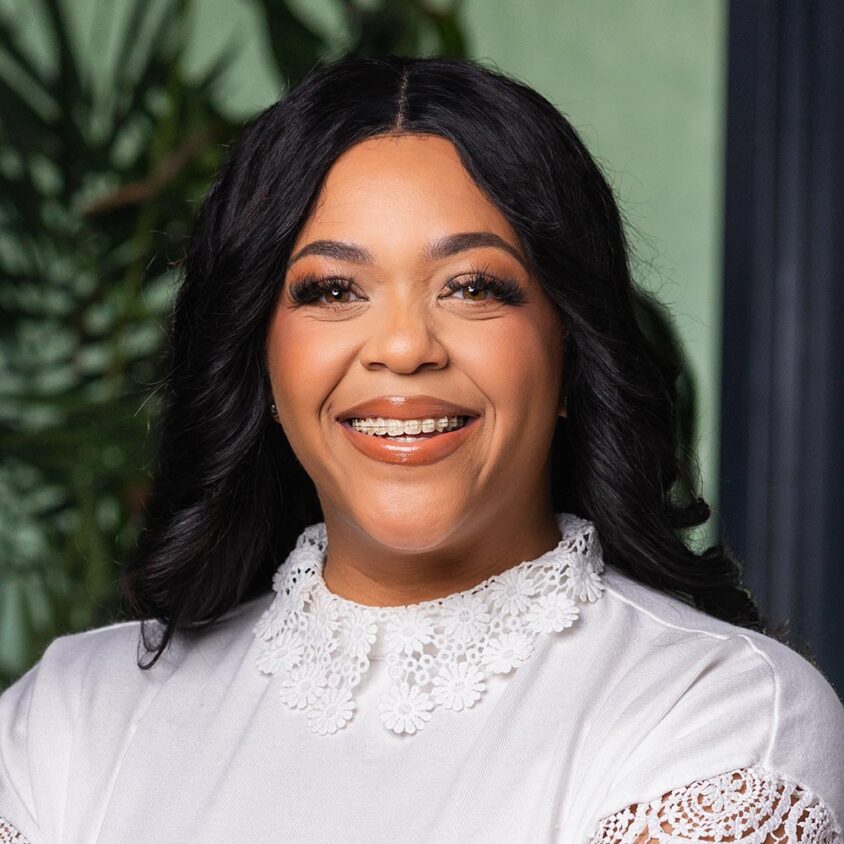
“When I think about my hopes and dreams for Black students in education, I think about my family’s own personal educational journey. Over 100 years ago, my great great grandfather Wesley Young, who was a former slave, made a decision to have a woman teach my great grandmother and his wife, my great great grandmother, how to read. That one decision changed the trajectory of my family’s life for years to come. And the thing that makes me sad and disheartens me is, although I celebrate my story, I know that there are so many Black students and black families that look like me that don’t have a champion like Wesley Young in their family.
“My hope for Black students all across the nation and the world is that the barriers that have kept them historically from a quality equitable, extraordinary education, become building blocks for them. And that there are champions positioned all throughout the world to enhance the experience for Black students and their families.”
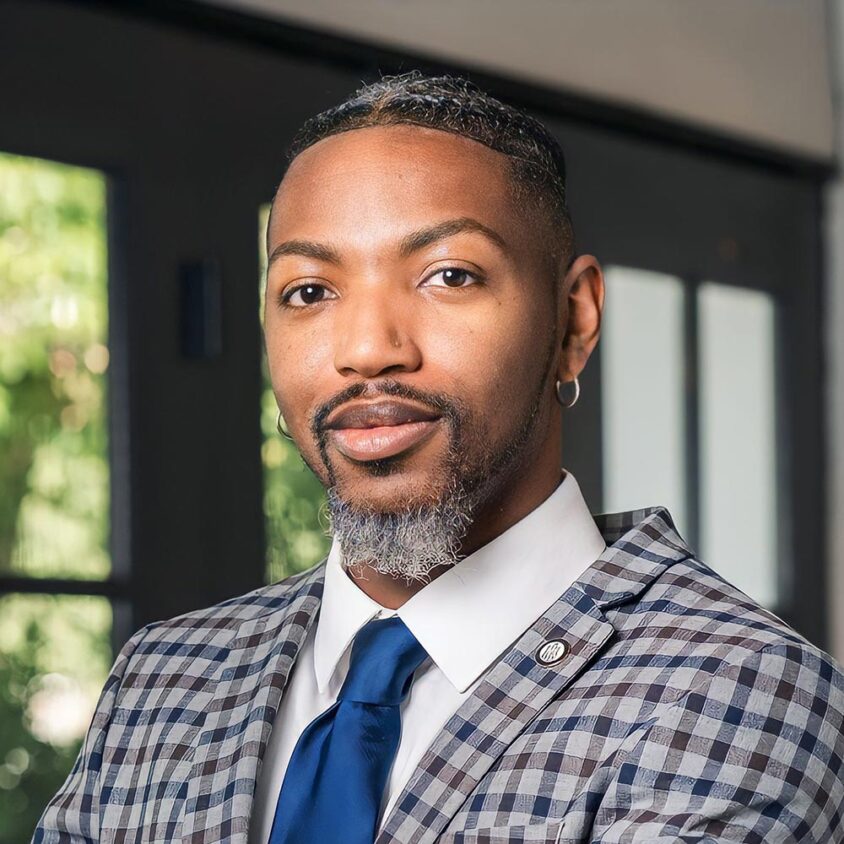
“As a Black man, my hopes and dreams for the future of education, especially for Black students and communities, are deeply rooted in the pursuit of equity and inclusion. I envision a future where Black students can attend schools where they are not just physically present but also seen, heard, and deeply known. These should be spaces where Black students can show up as their authentic selves, free from the burden of shame or judgment about their identity and backgrounds.
“In this ideal future, I hope for an education system that fully acknowledges that Black History is an integral part of our collective history, ensuring that it is celebrated and integrated seamlessly into the curriculum. It is my aspiration that we reach a point where fugitive pedagogy, which seeks to fill the gaps left by traditional education, is no longer necessary because the education system has evolved to be inclusive, representative, and affirming of Black experiences and contributions.
“Ultimately, my vision for the future of education is one where Black students can thrive academically and personally, where they are empowered to embrace their heritage, and where they are prepared to become leaders and contributors to our society without the weight of systemic barriers holding them back.”
Inclusive Spaces

“Inclusive learning environments start with having students that represent different backgrounds and experiences. Celebrating diverse experiences and contributions of Black students and educators is not just for Black students to empower them, but for folks who are not Black, who need to celebrate, understand, and appreciate the opportunity to live in a multiracial society.
“It’s about really seeing the students, helping them share their stories, and anchoring curriculum and delivery in user-centered ways. This allows students to see role models that look like them, wrestle with relevant problems, and understand the amazing contributions of folks that look like themselves who have struggled but ultimately made a difference in society.”
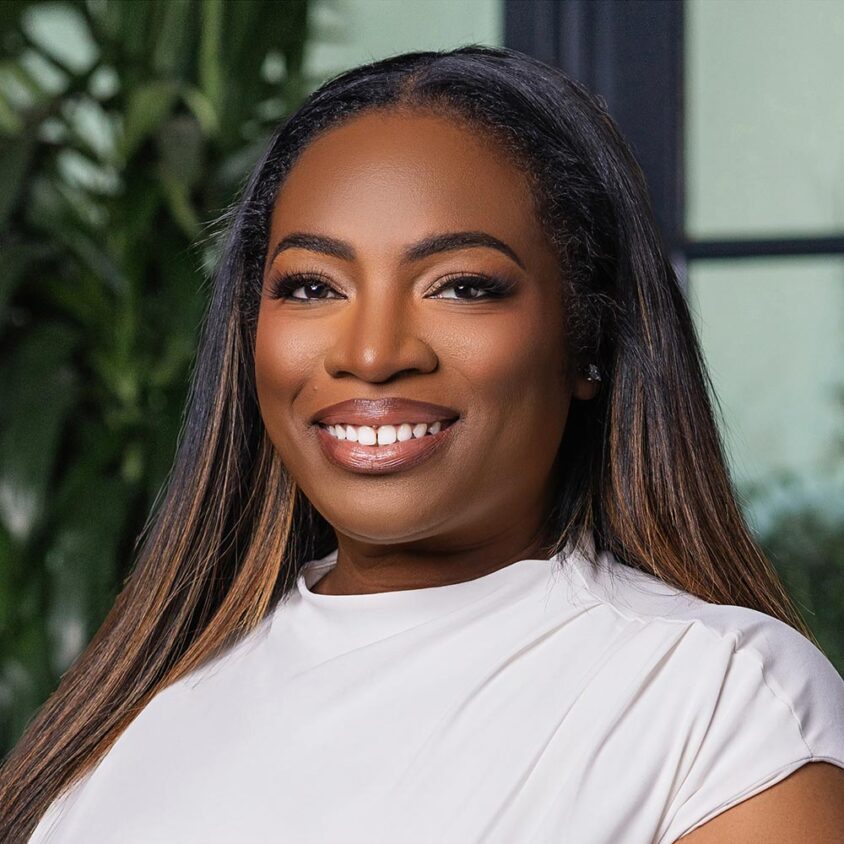
“Black is multi-faceted. It’s beautiful and rough, strong, and delicate, tribal but siloed. It’s the stereotype of laziness while holding more responsibility and burden than others would be able to bear. It’s a spectrum, it’s non-monolithic.
“We support black students by aligning the fullness of their experiences to how we treat them during the day, every day. We celebrate exploration and inquisitiveness over perfection. We fill that open elective block with pottery or boxing or a gardening class, instead of another intervention. We stop intentionally placing joy on an every 6-week scope and sequence and make sure it is ingrained in their everyday. Because they deserve it.”
Transcend supports communities to create and spread extraordinary, equitable learning environments.

